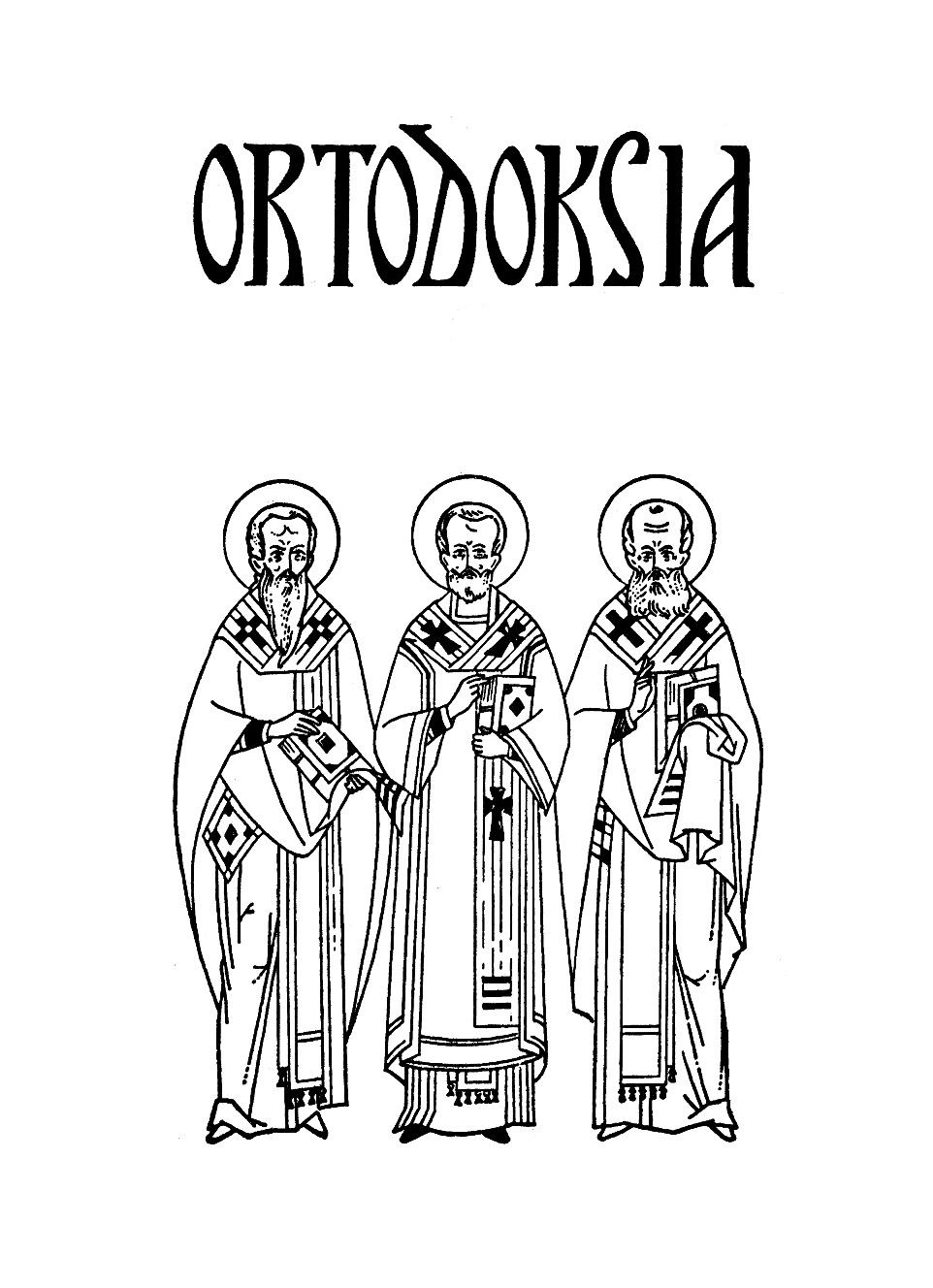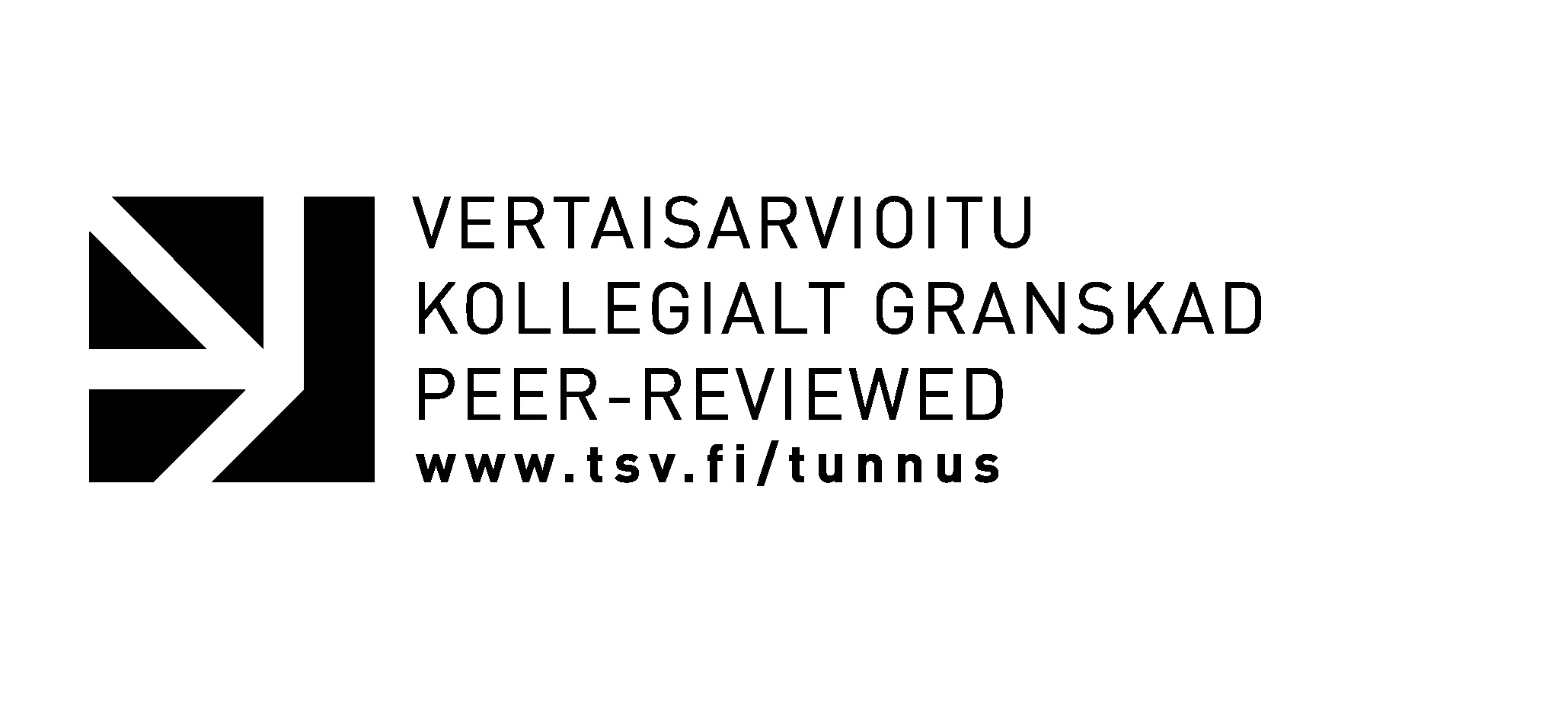Ortodoksinen hymnografia patristisen eksegeesin ilmaisumuotona
Abstrakti
The present paper examines various exegetical aspects of Byzantine hymnography, especially its contribution to deepening the contemporary understanding of patristic exegesis. This question is approached both through the description of the creation of hymnography and its perception by the believers through the liturgical context of the hymns. As previous studies in the Finnish language do not exist, the present paper also serves as a source for a relevant bibliography.
Firstly, hymnography is discussed as an excellent example of the synthetic character of the Scriptural interpretation in which eras and exegetical methods overlap; this presentation includes an overview of the relevant bibliography. Especially, the synthetic and concise character of hymnographic exegesis is pointed out: The boundaries between typologies and allegories, for example, are a modern construct. This aspect is, later on, compared with the theories of intertextuality, which seems to be the most dominating element of the literary creation of the first millennium.
Secondly, hymnography is examined through the lenses of rhetorical agendas employed in Byzantium and their theological functions. The rhetorical devices employed in hymnography do not differ from those of the non-liturgical literature: However, their role is not merely to provoke emotions or vivify the presentation, but also to emphasize the eschatologically-oriented, timeless character of Orthodox liturgy and the role of theoria, or spiritual contemplation, in the creation and perception of hymns. Through the rhetoric presence of the hymns, believers find themselves in the midst of the celebrated events, instead of remaining as mere spectators of a show.
Finally, the study approaches the role of the audience of sung hymns through the recently coined term “intermediality,” which refers to the co-operation of liturgical arts in church space and how they provide additional meanings to each other. This final conclusion of the paper aims at drawing the framework of exegesis in the different phases of the creation—both musical and textual composition—and performance of hymnography. Especially the musical performance of the hymns points out the patristic idea of interpreting the Scriptures with double meaning. On the one hand, the hymns interpret biblical events diachronically, revealing their role in the salvation history; on the other hand, the hymns bring the biblical events to the present moment and dispose their synchronic interpretation, showing their meaning for the contemporary Christian.
In conclusion, the paper makes a strong argument for a wider recognition of the theological importance of hymnography as such, not merely as paraphrases of patristic theology that is documented in homilies and other theological treatises, but as a unique testimony to the synthetic mind-set of Byzantine authors.



